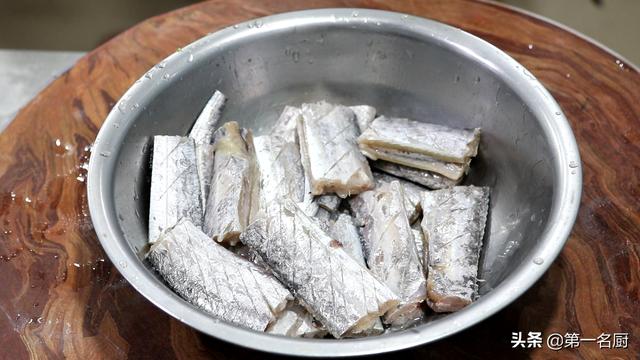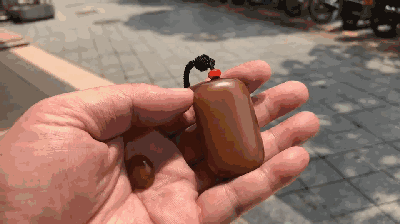官渡之战现代汉语(曹操官渡之战双语)

In 200, Yuan Shao marched southwards on Xu City in the name of rescuing the emperor. He had amassed more than 110,000 troops, including 10,000 heavy cavalry, while Cao Cao gathered around 40,000 men, most of which he concentrated at Guandu, a strategic point on the Yellow River.
公元200年,袁绍以救驾之名南征许都。他集结了11万余人,其中包括1万余铁骑,而曹操集结了4万余人,并把大部分人都集结在黄河的战略要地官渡。
Cao's army repeatedly repulsed Yuan's attacks and won tactical victories. The two armies came to a standstill at the Battle of Guandu (September–November), as neither side was able to make much progress.
曹军多次击退袁军的进攻,并取得了战术性的胜利。两军在官渡之战(9-11月)中陷于僵持状态,双方都未能取得太大进展。
Cao Cao's lack of men did not allow him to make significant attacks, and Yuan Shao's pride forced him to meet Cao's force head-on. Despite his overwhelming advantage in terms of manpower, Yuan Shao was unable to make full use of his resources because of his indecisive leadership and Cao Cao's position.
曹操人马不足不允许其进行重大进攻,袁绍性格傲慢打算与曹军正面交锋。袁绍虽然在人手上占绝对优势,但因其优柔寡断的领导风格,加上考虑到曹操的弱势地位,其未能充分利用其资源优势。
Besides the middle battleground of Guandu, two lines of battle were present. The eastern line with Yuan Tan of Yuan Shao's army against Zang Ba of Cao Cao's army was a one-sided battle in favour of Cao, as Yuan Tan's poor leadership was no match for Zang's local knowledge of the landscape and his hit-and-run tactics.
除了官渡中路战场之外,还有两条战线。袁军的袁谭与曹军的臧霸的东线战场是一场有利于曹的单边战争,因为袁谭的领导能力不强,无法与臧霸对当地地形情况的了解和他的游击战术相提并论。
On the western front, Yuan Shao's nephew, Gao Gan, performed better against Cao Cao's army and forced several reinforcements from Cao's main camp to maintain the western battle.
在西线,袁绍的侄子高干在对抗曹军时表现更出色,并迫使曹操主营多次增援以维持西线战争。
Liu Bei, then a guest in Yuan Shao's army, suggested that he instigate rebellion in Cao Cao's territories as many followers of Yuan were in Cao's lands. The tactic was initially successful but Man Chong's diplomatic skills helped to resolve the conflict almost immediately. Man Chong had been placed as an official there for this specific reason, as Cao Cao had foreseen the possibility of insurrection prior to the battle.
当时袁绍军队中的客人刘备建议他在曹操的领地上煽动叛乱,因为袁绍的诸多支持者都在曹的领地上。这一策略最初是成功的,但满冲的外交手段几乎立即解决了冲突。之所以安排满冲正是为此,因为曹操在战斗之前就预见到了叛乱的可能。
A Cao raid destroying the Yuan supply depot at the village of Gushi forced Yuan Shao to set up an emergency supply depot at Wuchao. Finally in the 10th month, a defector from Yuan Shao's army, Xu You, informed Cao Cao of the location of Yuan's new supply depot. Cao Cao broke the stalemate by sending a special group of soldiers to Wuchao burning all the supplies of Yuan Shao's army, heavily demoralising it.
曹军的一次突袭摧毁了固始村的袁军补给,迫使袁绍在乌巢设置紧急补给点。 终于在十个月后,袁绍的叛逃者许攸,将袁绍的新补给点的位置告诉了曹操。曹操于是打破了僵局,派一队奇兵前往乌巢,烧毁袁军的所有补给,因此士气大跌。
Yuan performed a final, costly and ultimately failed storming of Guandu, and the next morning Cao launched a devastating surprise attack on the retreating enemy army, thus winning a decisive and seemingly impossible victory.
袁军也进行了最后的、代价惨痛的、最终失败的官渡突袭,第二天早上,曹军对撤退的敌军发动了毁灭性的突袭,从而赢得了一场看似不可能的决定性胜利。
In a report to Emperor Xian, Cao Cao claimed to have killed more than 70,000 of Yuan Shao's original 110,000 troops; he later ordered most captured enemy soldiers to be buried alive. A few months later, in May or June 201, Cao Cao defeated Yuan Shao again in the Battle of Cangting, eliminating the latter's last units south of the Yellow River.
在向汉献帝的上书中,曹操称斩杀袁绍原11万大军中的7万余人,之后他下令将俘获的敌军进行活埋。几个月后,公元201年5月或6月,曹操在仓亭之战中再次击败袁绍,在黄河以南消灭了袁绍最后的军队。
,免责声明:本文仅代表文章作者的个人观点,与本站无关。其原创性、真实性以及文中陈述文字和内容未经本站证实,对本文以及其中全部或者部分内容文字的真实性、完整性和原创性本站不作任何保证或承诺,请读者仅作参考,并自行核实相关内容。文章投诉邮箱:anhduc.ph@yahoo.com






